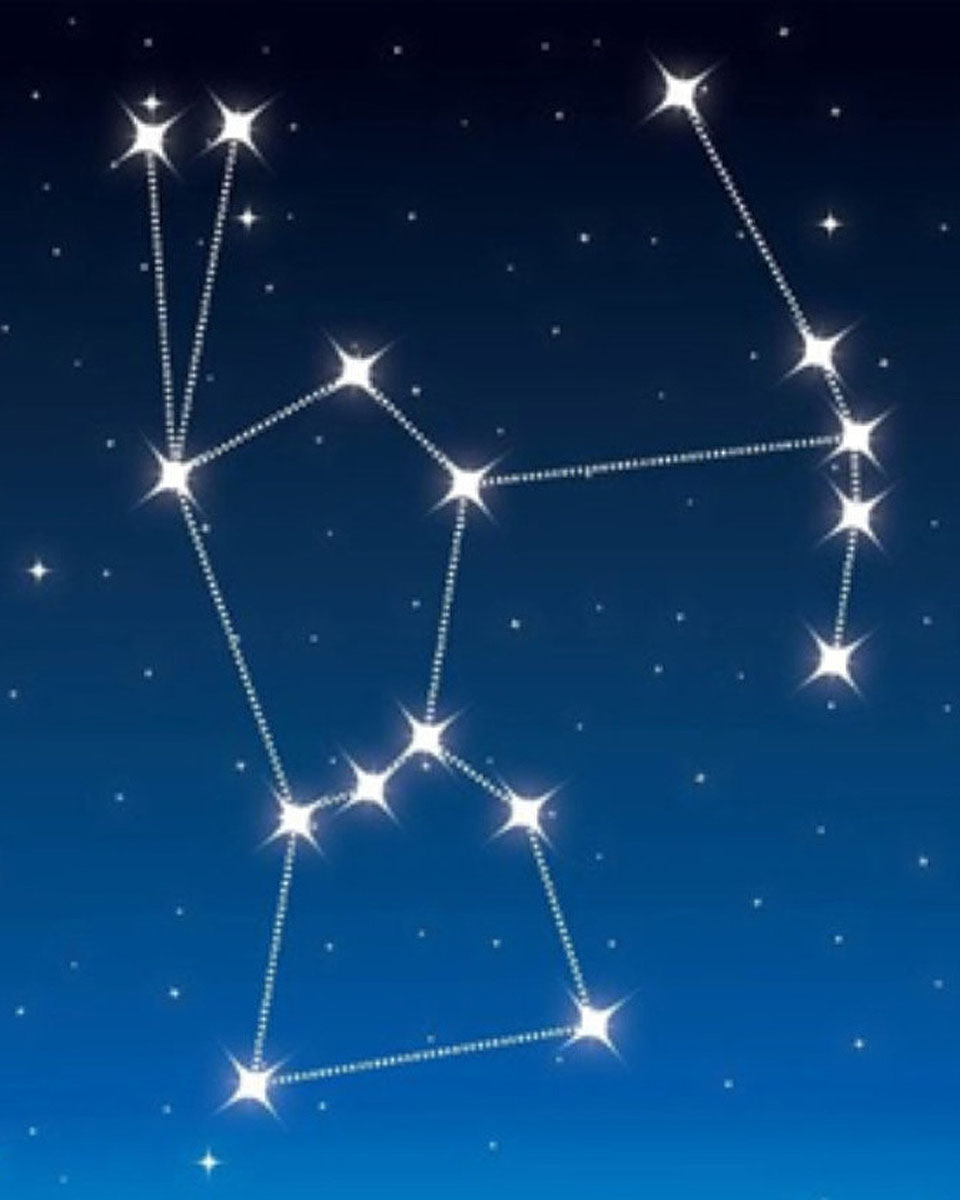
Last night, the sky was especially clear and sitting outside with my late evening cognac, I suddenly noticed the constellation Orion in the south-west. It brought back evocative memories. When I was a small boy, my father would take me on some evenings to lie on the grass in the garden to gaze at the night sky. He used to point out the interesting constellations and tell me their names. We lived in a small town near the sea and on those clear, cold nights the Milky Way was nearly always visible and the constellations stood out dramatically. Orion was the first constellation that I learned to recognize. Many years later, chance would have it that my London flat faced south-east so that Orion was often in the night sky. The sight of Orion, with its three stars forming the “belt” was always strangely comforting.
When I eventually bought a house in Thailand and discovered that it also faced south-east, you can understand my delight on discovering that Orion was visible. The first time I noticed it, hanging majestically in the night sky over the palm trees, was like meeting an old friend.
Several composers have been inspired by the night sky. The Finnish composer Kimmo Hakola recently wrote a piece about the distant Oort Cloud which, with breath-taking originality he named The Oort Cloud. Another Finnish composer Kaija Saariaho wrote a piece about an asteroid, an unlovely hunk of rock known as 4179 Toutatis. It’s also classed as a “potentially hazardous object” so perhaps one day, we’ll get to know it more intimately.
Frank Ticheli is currently Professor of Composition at the University of Southern California and has a large number of compositions to his credit. He received numerous awards and prizes for his music and many commissions for new works. “But what do they sound like?” I hear you ask. His music has been described in The Los Angeles Times as “optimistic and thoughtful” and in The New York Times as “lean and muscular” whatever that means. The composer wrote about his work Shooting Stars, “I was imagining quick flashes of colour… note-clusters sprinkled everywhere, like streaks of bright light. Fleeting events of many kinds are cut and pasted at unexpected moments. The movement burns quickly and ends explosively, scarcely leaving a trail.”
So there you have it from the horse’s mouth. Shooting Stars is actually the first movement of Ticheli’s Second Symphony and the subsequent movements continue the space theme with Dreams under a New Moon and Apollo Unleashed. The piece is incredibly complex and technically challenging. It’s thrilling stuff.
Ligeti’s biographer, Robert Cummings wrote that the composer was “one of the most important avant-garde composers in the latter half of the twentieth century and one of the most innovative and influential among progressive figures of his time. You might not be familiar with his name but if you’ve seen the film 2001: A Space Odyssey, you’ve heard this work already. During the film, it’s played in its entirety. One of Ligeti’s musical trademarks was something he described as “micro polyphony” which means clusters of sounds, created by many different notes sounding simultaneously. The enormous printed score is incredibly complex with a single part for each instrument in the orchestra.
Atmosphères was commissioned in 1961 by Southwest German Radio and given its first performance the same year. It put Ligeti’s music on the map and brought him international recognition. Ligeti described his musical style as, “Music as frozen time, as an object in an imaginary space. To hold on to time, to suspend its disappearance, to confine it in the present moment, this is my primary goal in composition.” And indeed, from the very beginning of the piece we hear his micro-polyphony effect with over fifty different notes played simultaneously on the strings and woodwinds.
So don’t listen out for catchy melodies and foot-tapping rhythms because Ligeti has moved on from such worldly things. Even though the music is not about space, or even about anything for that matter, it seems to evoke a kind of space-like timelessness. Sometimes, through the cloud-like texture of the sound clusters, bright peaks of harmony shine out like shards of light. Other times, there is almost silence. The music somehow feels organic and it always reminds me of those expansive murals by Mark Rothko; those vast canvases of vague shapes and subdued colours. I suppose, like the paintings, some people might consider this “difficult” music, but it’s only difficult for people who can’t listen with “open ears”, putting aside their personal expectations of music ought to sound like, and allowing Ligeti’s unique musical language speak to them in its own way.
 |
 |
 |





